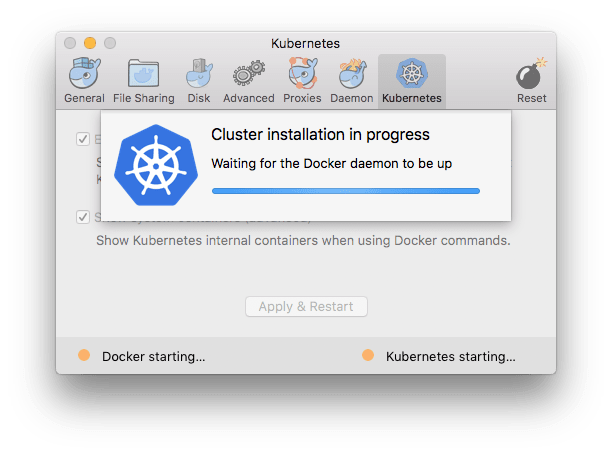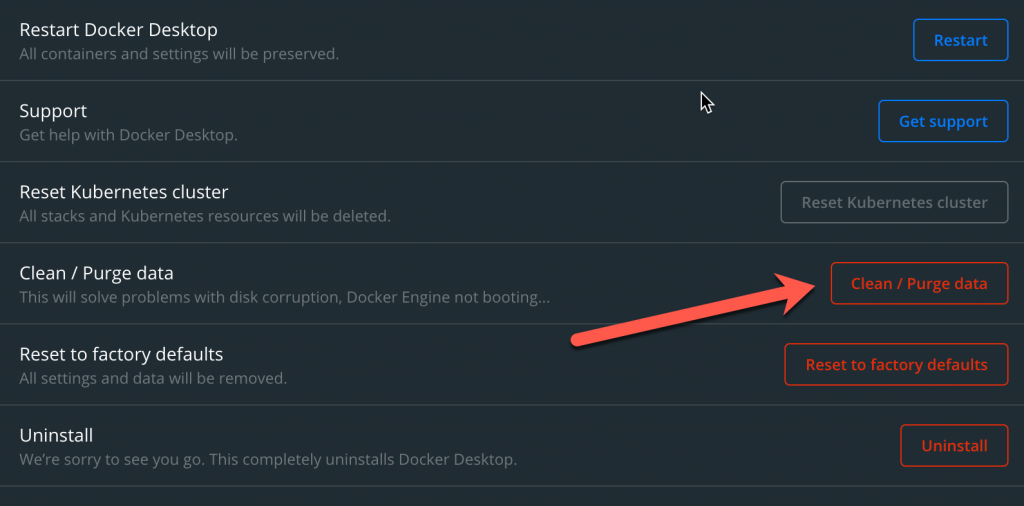

If you install a suitable cluster-networking stack (like Istio) it will even allow the cluster in your home to talk to the cloud cluster, and you can split app hosting between them transparently.


The same Kubernetes interfaces will be available on Google cloud, Amazon, and lots of cloud private servers. Since Kubernetes is primarily a system for orchestration on cloud services, if you have a working home cluster, you will eventually be able to move some or all of the apps into the cloud seamlessly. If you install a monitoring stack (like Prometheus) it will show you resource statistics and charts as well. Kubernetes is able to detect which app is not responding, because the concept of health checking is built into apps running in containers, and it knows the list of apps that have been started. The Kubernetes control plane handles the decision of where to run each app container, and if any goes down, it handles the restart of these apps automatically.Īnother benefit is better health check of each app.
Docker for mac kubernetes disk pressure free#
Obviously the creation of clusters of servers will create some scalability of resources, meaning that the numerous containers you need can be optimally packed into the available boxes, according to how much free resources are available. Kubernetes is complicated enough they have "certification exams", that tells you something.īut the ups, if you persist, are also fairly good. If you read the documentation from one or two years back you will also find some things have changed, the name of an API for instance, that could break some examples you try to run today. The different subsystems of Kubernetes, from networking, ingress, monitoring, logging, scaling, storage, secrets, configs, custom definitions, etc etc are all in the process of flux, with many players creating their own solutions - somewhat like the state of Javascript frameworks - and there are no "official" set of stacks. Kubernetes is a lot more complex compared with Docker, and many more moving parts. But there are advantages as well.įirst, the downs.

My conclusion, after about six months of this, is that you will have a considerable struggle, due to a high learning curve, a moving targets of competing technologies, and a not-so-friendly usability. I have a similar transition as you, trying to move most of my dockerised apps over to a Kubernetes cluster, despite knowing very little of what they are, but strong in the belief that it could be a more advanced platform. However, since I have a lot of hardware, should I be transitioning to a kubernetes cluster for my services, or would I just be better off buying a refurb? There is also some buzz over clustered RPi computes, which should be cheaper than buying a refurb, but I can't tell if that's actually a reasonable option or just trendy. My options are currently: buy a rack mount server (like a refurbished PowerEdge) to replace this Mini (which I can do, but I'm not in love with spending the money) or try to figure out "something else" like building a cluster of existing hardware. There are other machines around the house (2 iMacs, 3 MacBook Pros) which might be useful as part of a cluster, but I don't know if I'd want to do that. I also have three other Mac Minis laying around, one of them is a MacMini7,1, and the other two are 10+ year old models which I'm holding onto more out of tenacity then utility. I've pulled both of those services down for the time being, but I've been doing a little stress testing today and I can see that when these services all start to do thing at or near the same time, it pushes the mac mini pretty hard. However, I recently tried to implement TrunkRecorder and RdioScanner (SDR radio scanner for OP25), which was officially Too Much™. I always thought I was pushing this server pretty hard, but 'top', 'ctop' etc, all show there is plenty of overhead available, so I haven't been able to justify doing anything about it. Everything runs reasonably well, though I know there is something misconfigured in one of the services because they hit the PiHole service really hard from time to time and the PiHole stops doing DNS for a short period before everything goes back to normal. I have a bunch of services running as docker containers on an older mac mini server on ubuntu 18.04 and it’s stressing my box.Ĭontainers run the gamut for home hosting stuff: PiHole, OpenVPN client, Traefik, Home Assistant, Node Red, Jackett, Radarr, Sonarr, Plex, Postgres, Redis, Adminer, Gogs, Nextcloud, Portainer, DuckDNS, Wireguard (server), Transmission. Preface, I know nothing about k8s, but I'm bumping up against a problem that I think it might be a solution for.


 0 kommentar(er)
0 kommentar(er)
